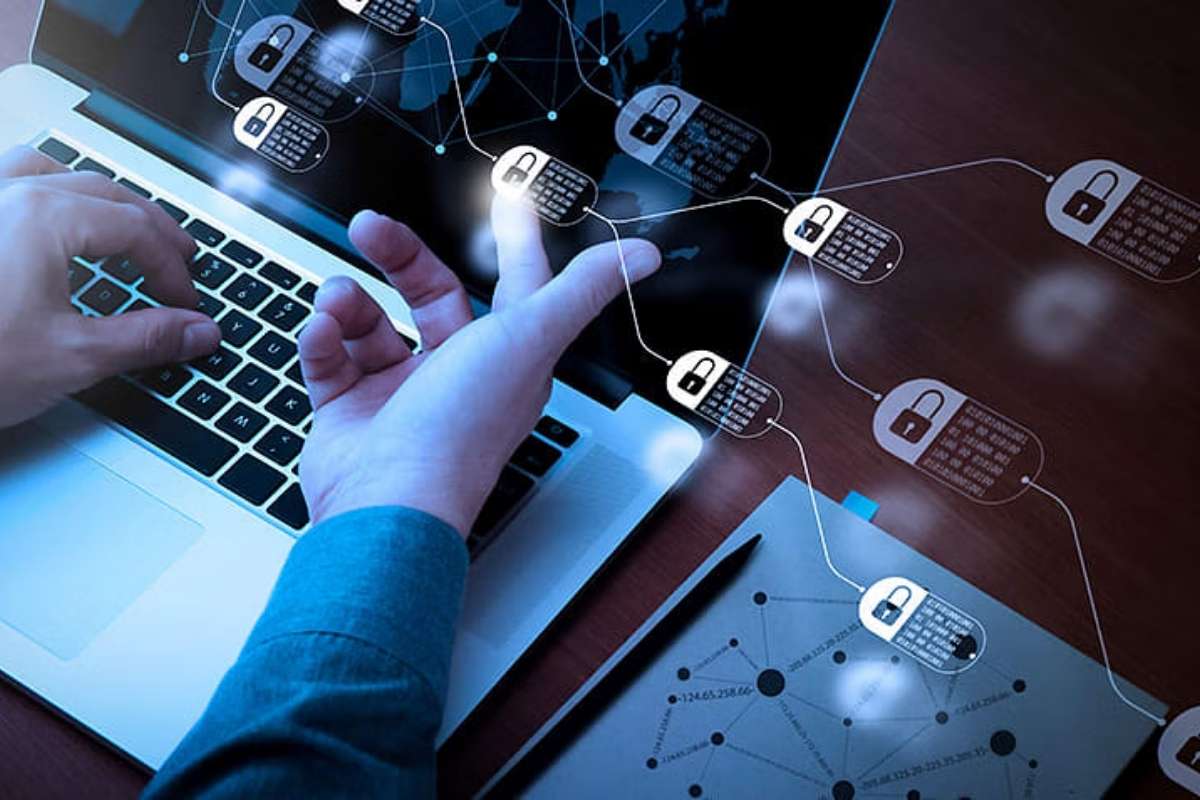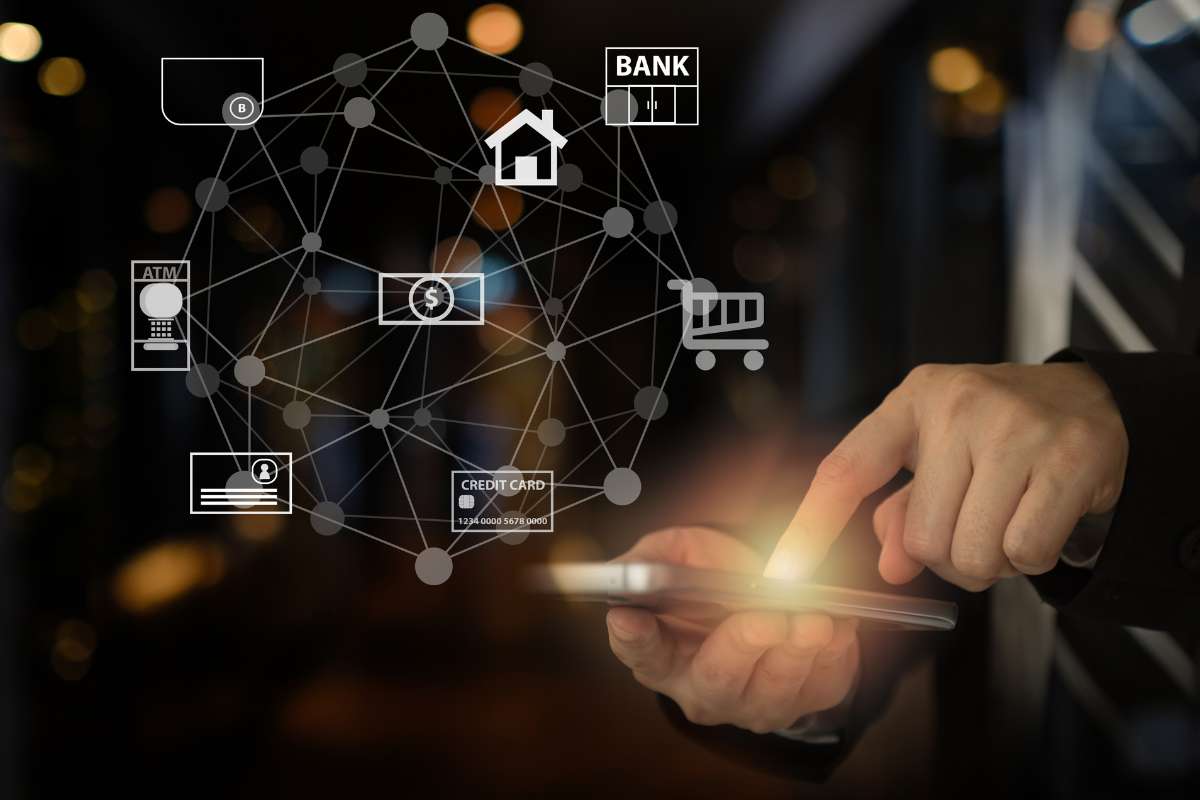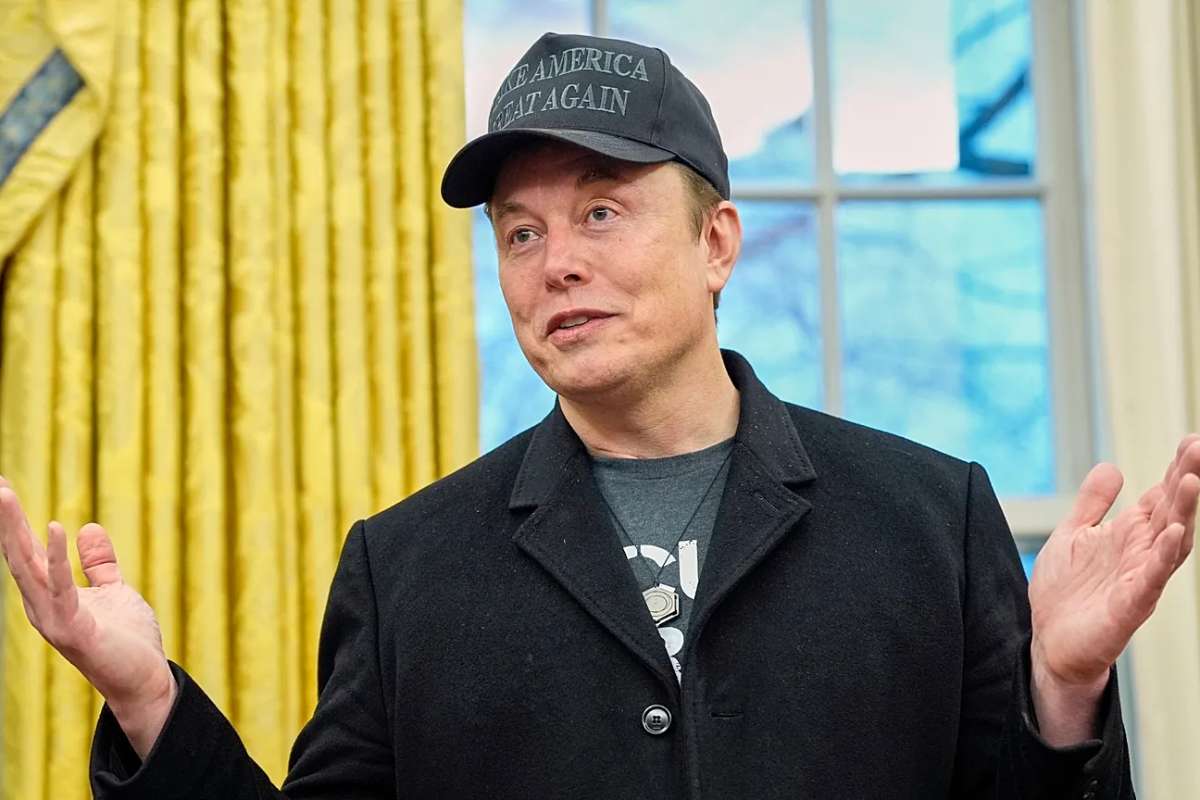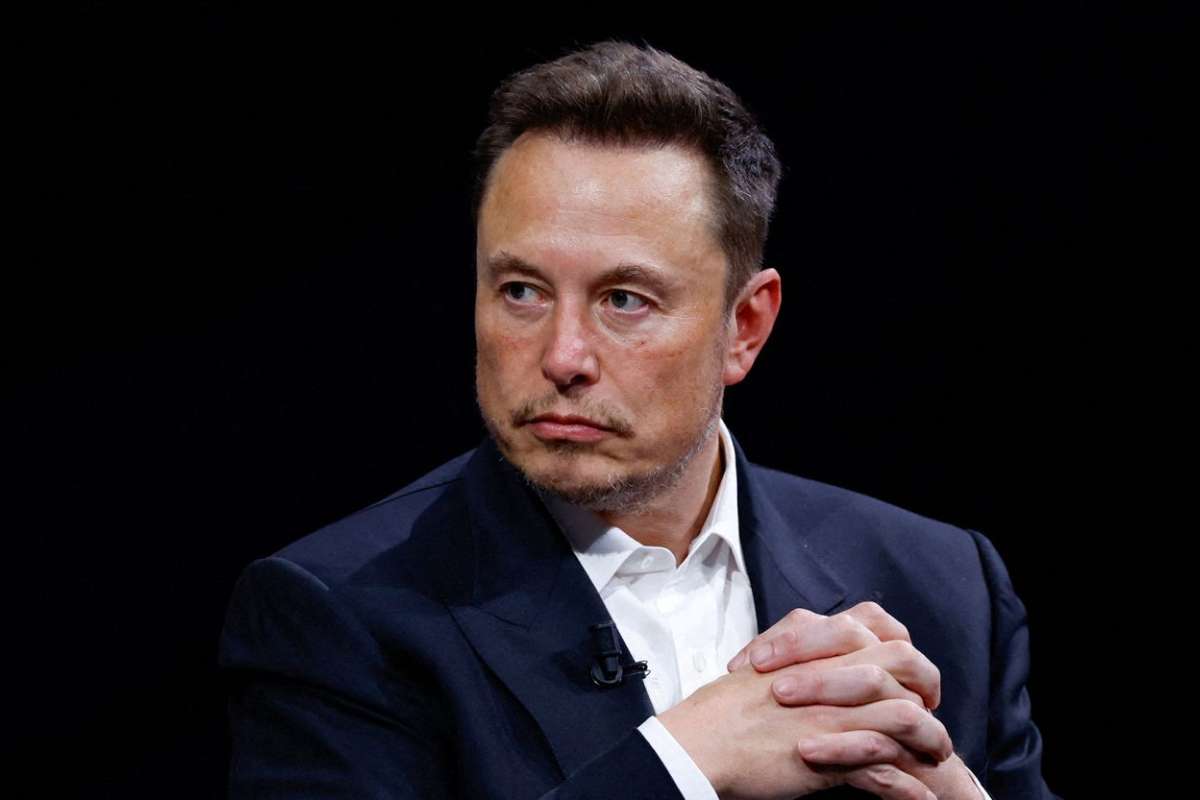Blockchain technology applications in 2025 have come a long way from being just the foundation for cryptocurrencies. In 2025, its role has evolved into something more significant—an underlying layer of trust, transparency, and decentralization across industries. While words like “Web3” or “tokenization” get thrown around, blockchain’s practical, behind-the-scenes uses quietly reshape how businesses run, data is managed, and identities are verified.
Blockchain applications are becoming more mainstream as governments push for digital governance and enterprises explore secure, scalable infrastructure. Whether improving global trade logistics or safeguarding hospital patient data, this technology offers real-world value beyond speculative assets.
This blog will discuss the true potential of blockchain technology applications in 2025. We’ll also examine how companies like Walmart, Maersk, and Estonia’s digital government use blockchain to solve real-world problems.
What’s the Primary Purpose of Blockchain in 2025?
The main purpose of blockchain in 2025 is to create secure, transparent, and tamper-proof digital systems. It eliminates the need for intermediaries, builds trust in data sharing, and provides traceability across complex systems. This is especially useful for industries like finance, healthcare, logistics, and public services, where data integrity and audit trails matter the most.
In short, blockchain enables digital trust, something traditional systems have always struggled to offer without centralized control.
Top 10 Blockchain Technology Applications in 2025
1. Decentralized Digital Identity Systems
Today’s blockchain applications help people securely manage their own identity. In 2025, governments and private firms deploy self-sovereign digital identity systems that let individuals grant access to credentials only when needed. Estonia’s e‑government links citizen IDs to public services, securing tax filings, medical access, and voting with blockchain. Microsoft ION and Sovrin networks offer privacy-respecting login systems for the finance and education sectors. These systems improve security, reduce identity fraud, and empower users with control over their data.
2. Supply Chain Traceability and Verification
Major brands now use blockchain to track products from origin to delivery. Walmart and IBM’s Food Trust can trace produce to its source in seconds, not days, improving response in contamination cases (IBM). By 2025, pharmaceutical firms, luxury goods producers, and agro-exporters will use blockchain to validate authenticity, maintain provenance records, and reduce counterfeiting. Consumers can scan QR codes to see the entire chain of custody, boosting trust. Internal compliance and regulatory reporting become simpler with immutable audit trails.
3. Tokenization of Real-World Assets
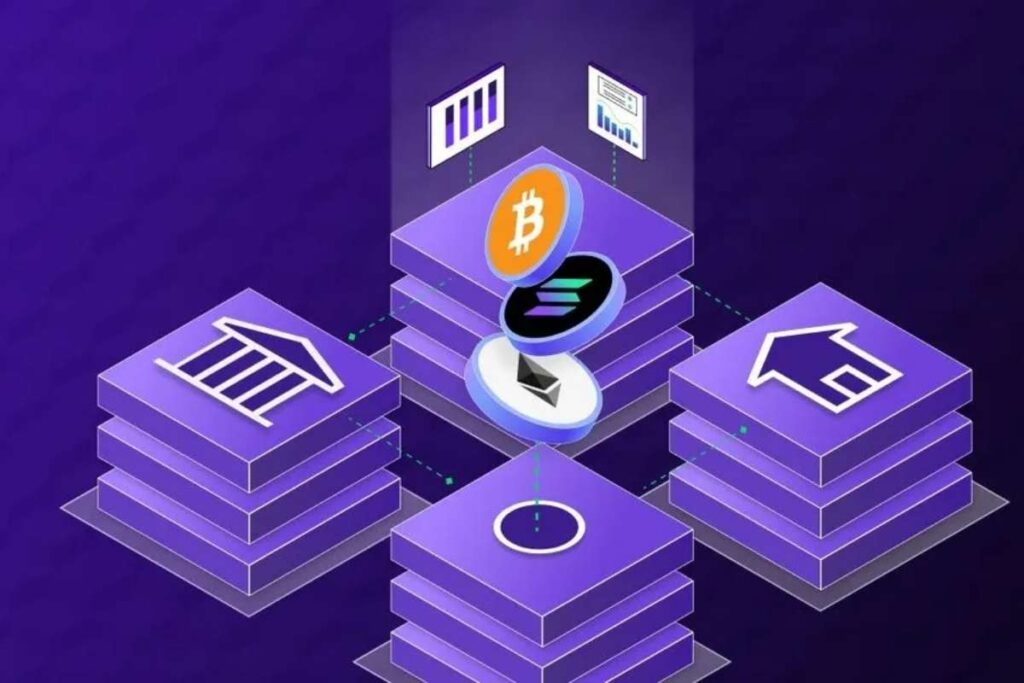
Blockchain enables tokenization, converting assets like real estate, art, or bonds into digital tokens. In 2025, platforms like Polymesh and Mattereum issue regulated tokens representing partial ownership. This trend opens print-free, fractional investing, making illiquid assets accessible to smaller investors. Tokenization reduces handling friction, lowers transaction fees, and improves liquidity. Institutional players and SMEs participate in such markets, backed by smart contracts that automate dividends or rental income. It creates a more democratic and efficient investment environment.
4. Healthcare Data Management on Blockchain
Hospitals and clinics now avoid data silos by sharing patient records securely via blockchain networks. In 2025, providers using MediLedger or similar platforms enable patients to control access to test results, prescriptions, and care history. Blockchain ensures data integrity while complying with privacy laws like HIPAA or GDPR. This eliminates duplicate diagnostics, reduces cost, and enhances care coordination. Clinical trials also benefit: research data stays secure, timestamped, and auditable, building trust in drug approval and reducing trial fraud.
5. Green and Sustainable Chains
Sustainability matters in 2025. Blockchains such as Ethereum 2.0, Algorand, or Tezos operate on proof-of-stake protocols, dramatically cutting energy use. Companies use eco-friendly chains to issue and track carbon or renewable energy credits. Tokenized carbon offsets become verifiable on-chain, letting firms prove their ESG efforts. Additionally, peer-to-peer energy marketplaces allow consumers to trade solar power directly and transparently. Blockchain thus supports environmental responsibility, not just digital innovation.
6. Smart Contracts for Business Automation
Smart contracts now automate complex business workflows. In 2025, service agreements, logistics deadlines, and financial settlements will be executed based on predefined conditions, without manual intervention. Enterprise platforms like Hyperledger Fabric and R3 Corda power contracts used in shipping, insurance, and property rentals. These contracts minimize disputes, speed up breach resolutions, and cut administrative overhead. They also serve as fundamental legal tools that are compliant with business regulations. Organizations save time and reduce human error through self-enforcing contracts.
7. Cross-Border Payments and Remittances
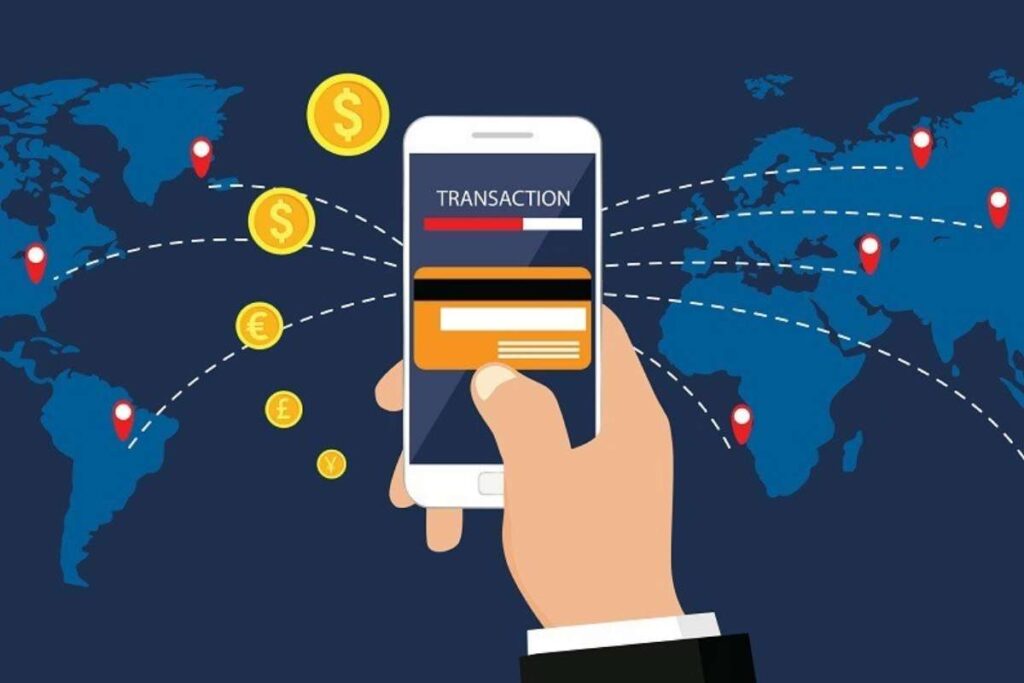
Blockchain logging systems like RippleNet and Stellar facilitate fast, low-cost cross-border transfers. In 2025, many banks will integrate Ripple-powered rails to enable real-time money movement across countries. Migrant remittances drop from multi-day transfers to under five minutes, and fees fall as low as one percentage point. Financial institutions tie blockchain rails to existing infrastructure, combining global interoperability with local compliance. This trend boosts financial inclusion in developing countries and streamlines corporate global operations.
8. Blockchain for Cybersecurity and Data Integrity
Industries adopt blockchain to secure sensitive infrastructure and validate data authenticity. By 2025, healthcare, aviation, and government companies will use blockchain-based authentication and logging systems to prevent tampering. Records stored on distributed ledgers resist alterations and maintain clear audit paths. In cybersecurity, any unauthorized access or file change becomes immediately detectable. This enhances trust in digital systems, strengthens incident response, and reduces insider threats by decentralizing control across nodes.
9. Education and Digital Credentials
Academic institutions and certification bodies now issue diplomas and training certificates as blockchain-verified credentials. In 2025, verifiable digital credentials replace paper transcripts, instantly allowing employers or schools to check authenticity. This combats CV fraud and accelerates hiring. Employers scan a credential URL or hash, confirming it on-chain. Students control sharing, and educational institutions benefit from reduced verification costs. Qualifications become portable, permanent, and globally recognized with verified digital signatures.
10. Decentralized Finance Infrastructure
DeFi platforms have graduated from speculative trading to regulated finance. In 2025, institutions use decentralized protocols for lending, borrowing, and trading, integrated with KYC and compliance layers. Smart contracts handle interest-rate loans, collateral management, and insurance payouts, without intermediaries. DeFi now supports business loans and institutional client services, not just retail crypto users. Regulation enables safer participation, while blockchain ensures transparency of operations. This trend is redefining how capital moves in modern finance.
Real-Life Use Cases with Practical Detail
Walmart + IBM Food Trust
Walmart and IBM use Food Trust to trace leafy greens from farms to stores. When contamination arises, tracing takes mere seconds, not days, ensuring quick recalls and protecting consumer health. According to IBM, this system processes millions of items annually and reduces food waste through transparent visibility. Growers, distributors, retailers, and regulators can all see verified data on harvest, shipping, and storage conditions.
Estonia’s National Blockchain ID
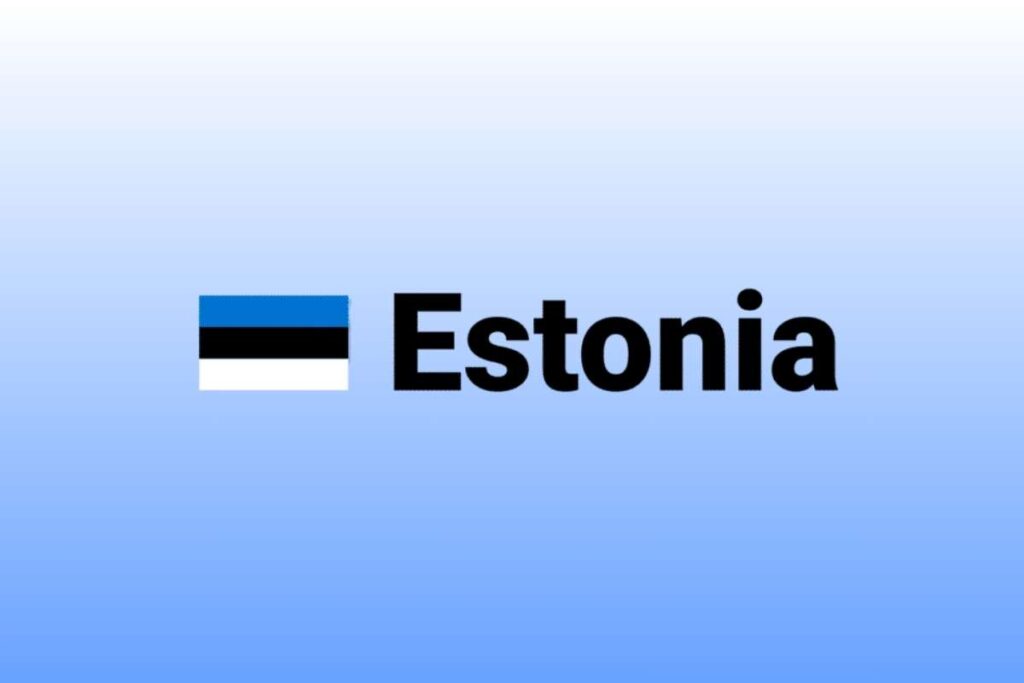
Estonia’s entire e‑government platform runs on blockchain-enabled digital identity. Citizens use their blockchain-backed IDs to vote, pay taxes, access medical records, and sign official documents from home. The system ensures data integrity and reduces bureaucratic delays, lowering national administrative costs while boosting public trust. It demonstrates how blockchain technology applications in 2025 can underpin whole governance systems.
TradeLens and Shipping Logistics
Although IBM’s TradeLens project ended in 2023, its legacy remains in newer blockchain-based shipping consortia. In 2025, equivalents run real-time container tracking, customs filings, and regulatory compliance. Stakeholders like ports, shippers, and customs authorities use secure ledgers to reduce paperwork, avoid delays, and detect anomalies. The improved shipping visibility speeds global trade, cuts costs, and simplifies cross-border logistics.
Carbon Credit Tokenization (Toucan Protocol)
Companies like Shell and Nestlé use blockchain frameworks such as Toucan Protocol to tokenize verified carbon credits. Each token represents a real-world offset that is traceable and auditable on-chain. This approach holds companies more accountable, and stakeholders can inspect the offset history transparently. Governments and NGOs collaborate on these platforms to issue, retire, or trade carbon offsets globally, making sustainability reporting verifiable and efficient.
FAQs
Q: Why focus on Blockchain Technology Applications in 2025?
A: Blockchain is now solving problems like fraud reduction, supply chain traceability, and identity control. It’s no longer speculative; it’s practical infrastructure delivering clear benefits.
Q: Is blockchain legal and regulated today?
A: Yes. By 2025, frameworks like the EU’s MiCA, U.S. CBDC guidelines, and regional governance models will provide legal clarity for token issuance, digital ID, and financial deployments.
Q: How can small organizations use blockchain?
A: Blockchain-as-a-Service (offered by providers like AWS and IBM) lets businesses deploy networks without managing node infrastructure. This makes blockchain accessible to companies of all sizes.
Q: Is user privacy safe with blockchain?
A: Modern blockchains use technologies like zero-knowledge proofs and permissioned networks, so users control what data is shared. Institutions can verify credentials without seeing complete personal records.
Conclusion
By mid‑2025, Blockchain Technology Applications 2025 will have moved from experimental to indispensable. From secure identity systems and healthcare records to tokenized assets and sustainable payment rails, blockchain now underpins infrastructure that people and organizations trust without realizing it. The trends outlined here reflect real deployments, not speculation. Blockchain is rewriting how we share, verify, and transact data by focusing on trust, efficiency, and real-world utility. The future is already here, and it’s built on blocks.

